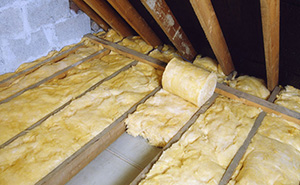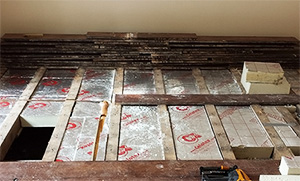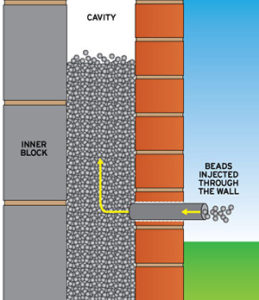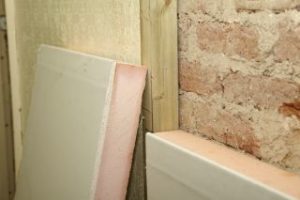There are three main types of wall insulation:
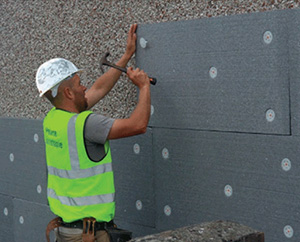
External wall insulation (EWI), cavity insulation and internal wall insulation (IWI).
Your BER Assessor can advise you on which type of wall insulation will be best for your home, one or a mix of several insulation types might be required.
External wall insulation is the most expensive, but also the most effective way of insulating your home. Scaffolding is required to install this composite system. First the insulation panels will be glued and mechanically fixed to the external walls of your building. Then your walls will be finished off with a glass fibre mesh and a weather protective render. Special attention needs to be given to the details around openings of windows and doors and also the abutting to foundations and roof. Advantages: will improve overall airtightness, the dew point lies on the exterior of the building, external wall structure can act as a storage of heat in the winter.

